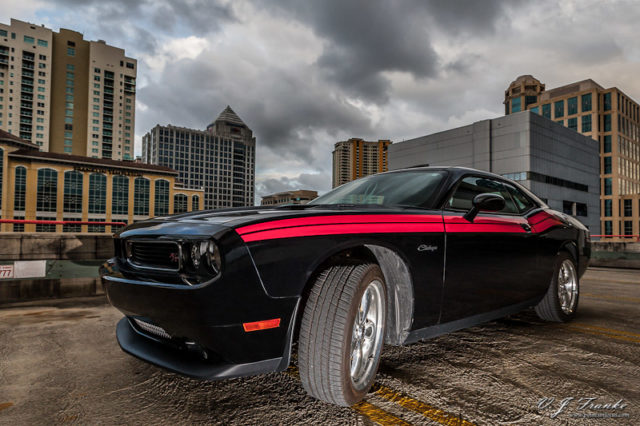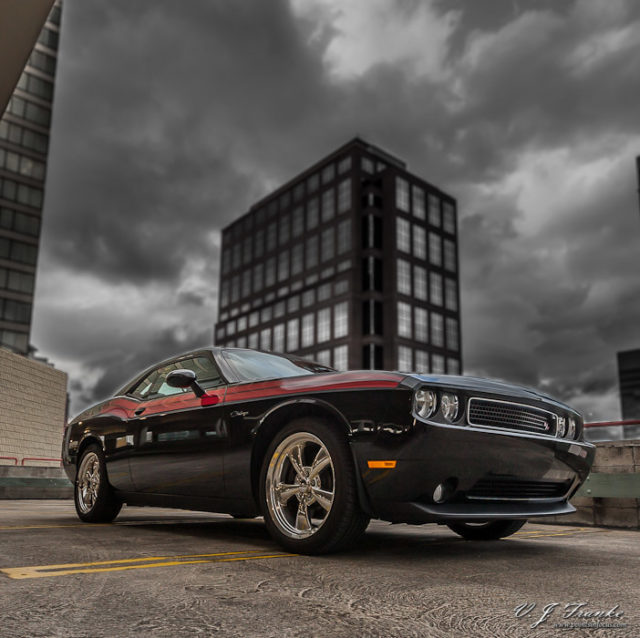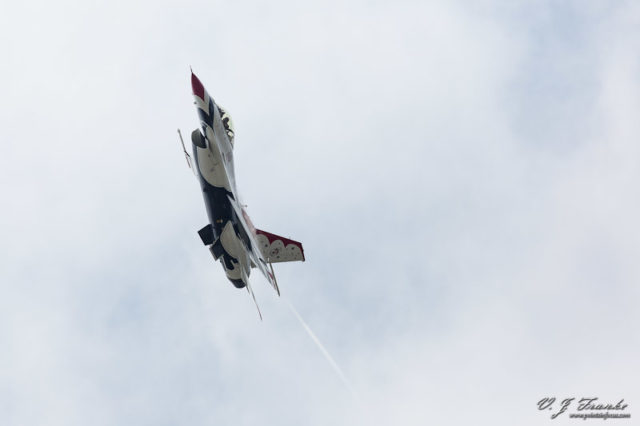

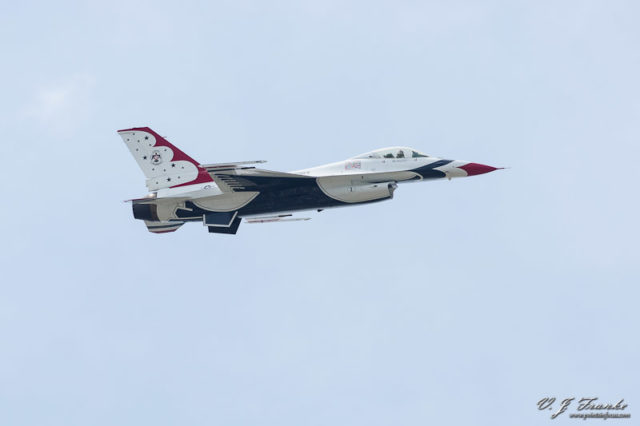
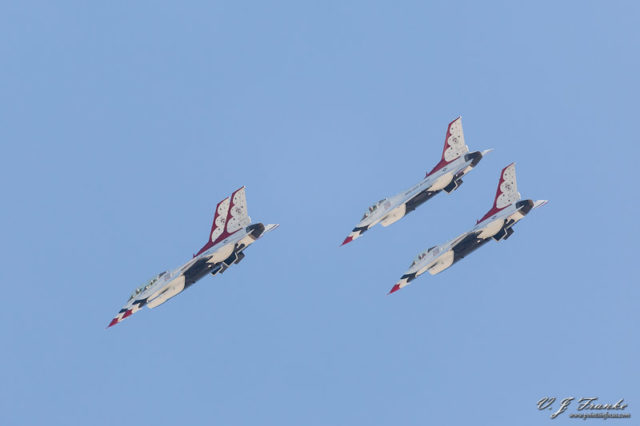
Update May 1, 2012: I’ve published a preliminary report on the extent of the issue I’ve seen on my camera. Though not as scientific as I wanted it to be, it’s good enough to draw some conclusions about how and what situations could cause metering issues.
Update April 23, 2012: Canon has updated the service notice regarding the light leak situation. Canon will be offering a free inspection and adjustment on a voluntary basis if you feel your camera is operating improperly. I have to say this is about what I expected them to do. In the mean time I’m in the process of trying to put together a write up based on my findings under various conditions. Unfortunately due to limited time and equipment, I was unable to investigate to quite the level of rigor I was hoping to be able to, but even with the wider error margins from what I could do, the picture is vary clearly one of a non-issue at best, and a potential issue for a very small minority of users at worst.
Update April 13, 2012: I don’t know if I should be surprised or not, but Canon has officially acknowledged the top LCD backlight affecting the meter in certain dark environments and that they are working on a fix for it. The official service notice has been posted by Canon USA, and I’m sure if they haven’t already the rest of Canon’s global sites will have similar notices posted soon.
…my head is still spinning. You’ll also have to forgive me for this being as brief and disjointed as it’s going to be, I keep interrupting myself to go try something else out on the camera while I’m writing this.
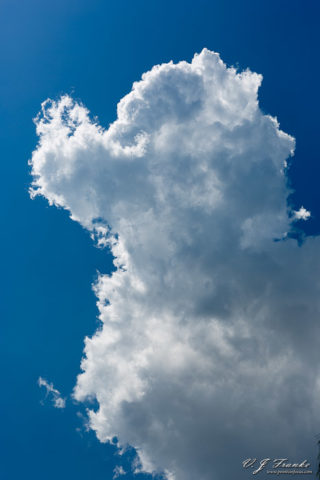 I though I had working these cameras all figured out, and apparently I did with dinosaurs. I’m pretty quick on the uptake when it comes to technology and it took me the better part of 2 days to get my head around all the features and start figuring out how to put them to use. I’d even go so far as to suggest, that anybody who claims to have a comprehensive review of this camera and do so in less than about 15,000 words is just rattling off specs and bullet points and not actually discussing anything.
I though I had working these cameras all figured out, and apparently I did with dinosaurs. I’m pretty quick on the uptake when it comes to technology and it took me the better part of 2 days to get my head around all the features and start figuring out how to put them to use. I’d even go so far as to suggest, that anybody who claims to have a comprehensive review of this camera and do so in less than about 15,000 words is just rattling off specs and bullet points and not actually discussing anything.
Don’t get me wrong, I’m not saying that Canon has done a poor job with the UI—though I have some complaints—there’s just that many updates and features going from a 1D mark 3 to a 5D mark 3 that it can be a bit overwhelming at first.
That said, the biggest complaint I have is file sizes. At between 28MB and almost 40MB a shot, depending on ISO and therefore the ability to compress the data, I can get on average less than half as many images on a card as I can with the 10MP images from the 1D mark 3. MRAW and SRAW mitigate the problem to some degree, and I see them as something I’m definitely going to have to seriously consider using if I want to keep to reasonable file sizes, especially when I’m not printing.
On the other hand, 22MP Images are a far cry from the 10MP images I’ve grown use to, and that’s also posed something of a problem, since I’m having to relearn and rediscover the sharpening settings that are most appropriate.
I’m not one for doing unboxings, to be honest, I don’t know how people have the patience to sit though unboxing things slowly when they’re cool new toys gear to get out and play with. It’s like Unwrappy Day Christmas only I know what’s in the box ahead of time.
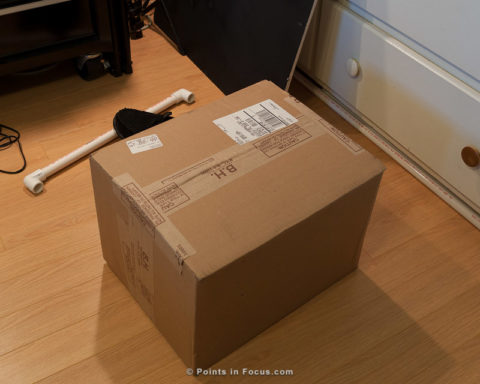
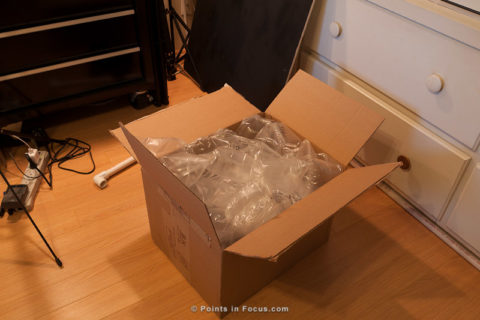
The 5D mark 3 will be the first time I’ve ever pre-ordered a camera, and along with that I’m finding a number of somewhat amusing and frustrating teething issues that come with the territory. Among the nagging issues is the lack of a simultaneously released battery grip (supposedly won’t be available until the end of next month), and the lack of a Really Right Stuff L-plate for said grip (which wouldn’t be useful even if it was available now). However, the single most frustrating bit is the lack of native import support in Lightroom 4, which was just released, and supports the yet unreleased EOS 1D X.
Fortunately there is a annoying all be it workable workaround, the Adobe Camera RAW/DNG Converter 6.7 release-candidate. I have no idea why, but LR4 will load and render 5D mark III images just fine, if you’ve already converted them to DNG with a DNG converter that supports them.
What you’ll need is:
- Download the Adobe DNG converter for Camera RAW 6.7 from the Adobe Labs site.
- Install it.
- Use the Adobe DNG converter to download your cards to a temporary folder
- Import the DNGs from the temp folder to your library in Lightroom.
I’d suggest keeping the original RAWs, if DNGs aren’t what you normally use, though you’ll have to import and sync them manually.
Hopefully, Adobe will have a point release for Lightroom 4 that supports the 5D mark 3 sooner rather than later, and this won’t be anything more than a slight inconvenience for a couple of days or a week or two.
Canon Rumors beat me to it, I’ve been checking daily to see if Canon had released the manual for the 5D mark 3 and they finally have. Why do I care? Because it tells me a lot about the way the camera will behave from a UX perspective; and it gives me something to read until B&H ships me my 5D Mark 3, hopefully something next week.
The great fear I had with the 5D mark 3 was that Canon was going to similarly gimp it as they had in previous mid tier cameras. There are a number of configuration settings I’ve found very useful and come to rely on on my 1D mark 3 that are just aren’t there in the lower tier cameras. Fortunately that doesn’t seem to be the case with the 5D-3.
Had the opportunity this afternoon, to play car photographer with my friend and his Dodge Challenger R/T. It’s not something I used to shooting so it was an interesting challenge to find something that I liked and that worked.
In the end, I decided to work the car with a UWA lens (an EF 16-35mm f/2.8L USM) and low to the ground. It would almost have been nice to have had one of those cameras with an articulating rear display, looking though the viewfinder while laying on the ground is not optimal, but I have what I have.
From a photographic perspective, I think the biggest challenge is lighting a shiny dark car. It’s not impossible, but there are definitely things that I could have done better to bring out the shape of the car. That said, for the first time I’ve really shot a car and doing it on what amounts to a whim time wise, I think they could have come out worse.
Whoever said storage is cheap, never had to buy and manage that storage.
I’ve been meaning to write in some depth about the challenges of storing digital photos for quite some time, unfortunately, this article isn’t it. However, with rising camera resolutions, and the respective increase in image file sizes, finding room to store, backup and properly manage a large volume of image files is becoming increasingly expensive and difficult.
Beyond practicing shutter discipline and being aggressive with our editing, there is one more aspect that is worth considering, and that’s compression.
Lossy vs. Lossless Compression vs. Photographers
Compression comes in two basic flavors, lossy and lossless. The difference between the two is that lossless compression produces a file that can exactly reproduce the original source material, while a lossy file throws “data” away to produce a more compressible file.
Lossy compression has always had something of a bad wrap in the photographic world, even when it didn’t actually throw away anything worth keeping. Strictly speaking, most photographers, and most of the people who will be most vocal about not using lossy formats don’t really understand what’s going on behind the scenes. That’s not to say we should all start shooting in JPEG now, because we shouldn’t. But we shouldn’t be so quick to write off “lossy” compression when it’s properly modeled, and fits the needs.
